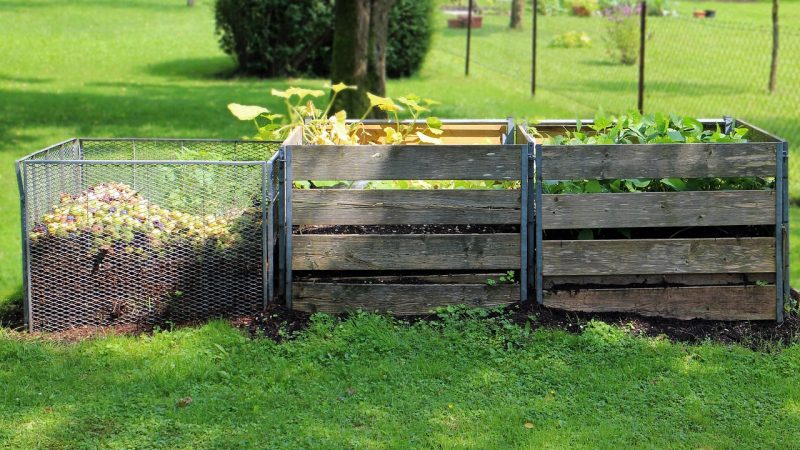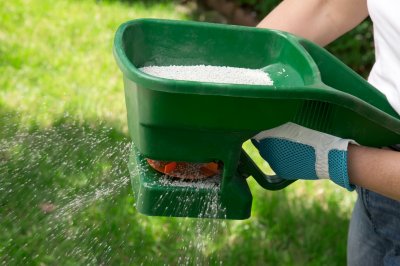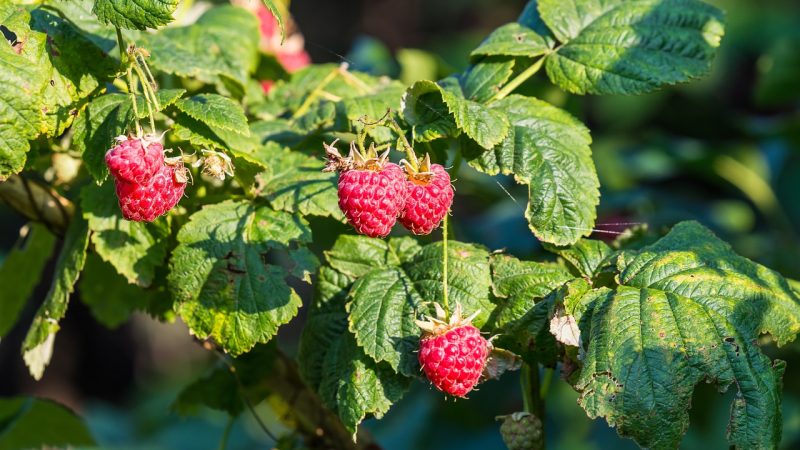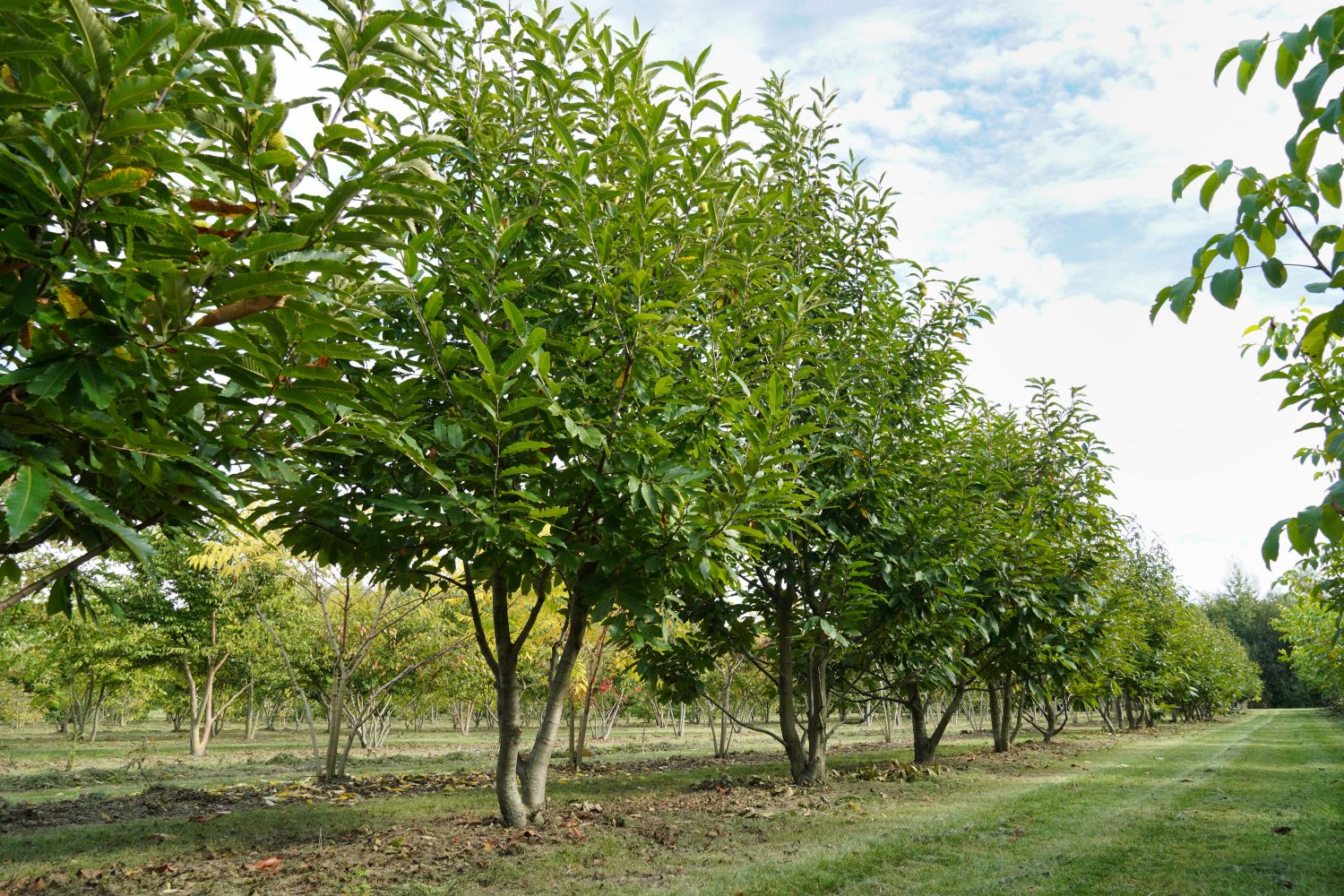The edible chestnut (Castanea sativa) is native to Europe and Asia, but it is now widely cultivated around the world in temperate regions. Here are some key facts about where and how edible chestnuts are grown:
- Climate: Edible chestnuts thrive in temperate climates with moderate rainfall and well-drained soil. They prefer areas with cool summers and mild winters.
- Soil: Edible chestnuts prefer slightly acidic, well-drained soil with good fertility. The soil should have a pH between 5.5 and 6.5.
- Planting: Edible chestnut trees can be grown from seeds or grafted onto rootstock. Trees should be planted in the early spring or fall, and should be spaced about 20-30 feet apart.
- Care: Chestnut trees require regular pruning to maintain their shape and promote healthy growth. They also require regular watering, especially during dry spells.
- Harvesting: Edible chestnuts are typically harvested in the fall when the nuts have matured and fallen from the tree. They can be gathered by hand or using a mechanical harvester.
- Processing: After harvesting, edible chestnuts are typically sorted and graded based on size and quality. They are then typically roasted before being eaten, although they can also be boiled, steamed, or used in a variety of recipes.
Overall, edible chestnuts are relatively easy to grow and care for, as long as they are planted in suitable conditions and given regular attention. With the right care, edible chestnut trees can produce a bountiful harvest of delicious and nutritious nuts.







